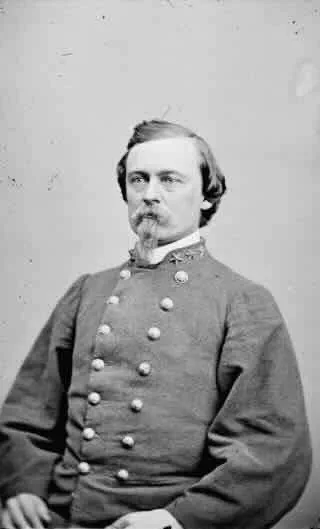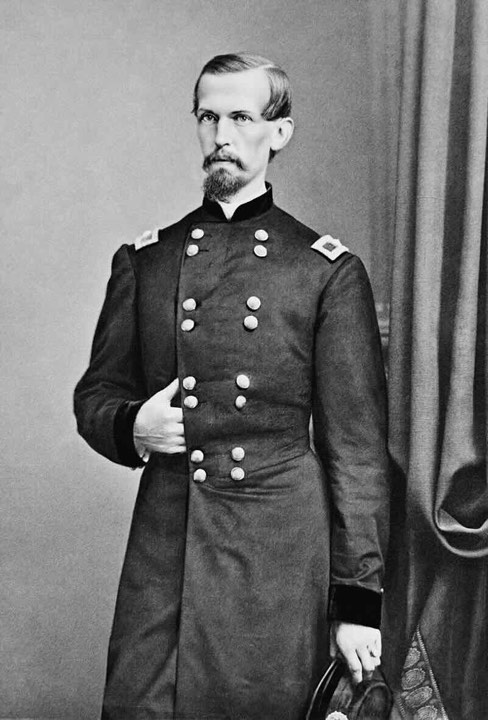- January 1, 1
Joseph Finegan, (November 17, 1814 – October 29, 1885), was an American businessman and brigadier general for the Confederate States Army during the American Civil War.
Finegan was born on 17 November 1814 at Clones, a small town in the west of County Monaghan in Ireland. He came to Florida in the 1830s, first establishing a sawmill at Jacksonville and later a law practice at Fernandina.
From 1862 to 1864 he commanded Confederate forces operating in Middle and East Florida, ultimately leading the Confederate victory at the Battle of Olustee, the state’s only major battle.
He subsequently led the Florida Brigade in the Army of Northern Virginia until near the end of the war.
Before the war, Finegan was a politician, attorney, lumber mill operator, slave owner, and railroad builder. He returned to business after the war, and worked as a cotton broker.
The Battle of Olustee, also known as the Battle of Ocean Pond, was a significant engagement during the American Civil War. It took place on February 20, 1864, near Lake City, Florida, and it was one of the largest battles fought in Florida during the war.
Battle of Olustee:
-
Context: The Confederate forces, led by Brigadier General Joseph Finegan, aimed to defend Florida and prevent Union forces from establishing a foothold in the state. Union forces, led by Brigadier General Truman Seymour, sought to secure Florida as part of their broader strategy to control key Confederate territory.
-
Battlefield: The battle occurred near Olustee Station, a small railroad stop. The terrain featured open pine forests and swampy areas.
-
Engagement: The Union forces initiated the attack but faced stiff resistance from well-entrenched Confederate troops. The fighting was intense, and both sides suffered significant casualties.
-
Outcome: The Confederate forces, despite being outnumbered, successfully repelled the Union advance. The Union forces withdrew, leaving the Confederate troops in control of the region. The battle was a Confederate victory.
-
Casualties: The Battle of Olustee resulted in a substantial number of casualties. The Union forces suffered more than 1,800 casualties, while Confederate casualties numbered around 950.
-
Significance: The Battle of Olustee had strategic importance as it prevented the Union from gaining a stronghold in Florida. It also highlighted the challenges faced by Union forces in conducting large-scale operations in the difficult terrain of the region.
The Battle of Olustee remains an important part of the history of the American Civil War, illustrating the complex and varied theaters of conflict throughout the war, including the struggle for control of key territories in the South.

 ← Donegal-born Brigadier Michael Corcorans Irish Legion is mustered into the Federal service; it is involved in the defense of Washington D.C.
← Donegal-born Brigadier Michael Corcorans Irish Legion is mustered into the Federal service; it is involved in the defense of Washington D.C.
 John Balliol acceded to Scottish throne →
John Balliol acceded to Scottish throne →